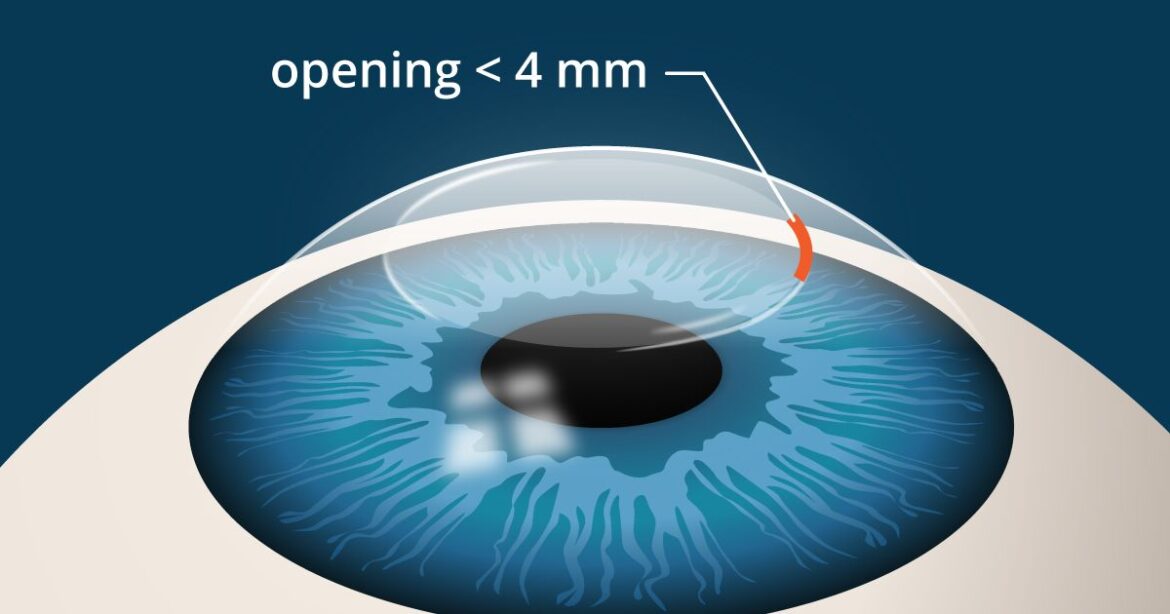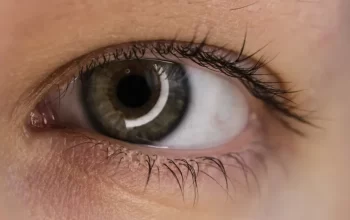Many of us take a clearer and better vision for granted, while others strive to achieve. The good news is that nowadays, advanced medical surgeries make it possible to get an improved vision safely. In this regard, the debate of SMILE v LASIK continues as to which one can be the more viable option for a better vision. Read on to settle the SMILE v LASIK debate and choose the best refractive eye surgery.
Understanding LASIK and SMILE
Before getting into the SMILE v LASIK comparison, let’s understand these processes individually.
- LASIK
LASIK is the acronym for laser-assisted in situ keratomileusis. For this procedure, tissue is removed from the cornea using a laser to reshape and get the light properly to the retina situated at the back of the eye.
It takes nearly fifteen minutes to complete the procedure for each eye, and the surgeons use local anaesthesia. It takes about two days to heal, though you can go back to work the next day.
- SMILE
SMILE is the acronym for small incision lenticule extraction. It is the new-age laser refractive surgery that is based on LASIK. However, this FDA-approved procedure mainly treats myopia (nearsightedness) and is less invasive than LASIK because there is no reshaping of the cornea by creating flaps.
You get numbing drops in the eyes before the laser gets reprogrammed to map out the cornea. Then, you need to stay there for fifteen minutes for each eye to let the laser reshape the cornea. Though the healing time is the same, the risk of corneal scarring or detachment of the corneal flap from the eyes is far less. There is also a low risk of dry eyes because you won’t be moved from a device to another.
SMILE v LASIK: Outlining the significant differences
Though both procedures reshape the cornea, you need to understand a couple of differences between the two to settle the SMILE v LASIK discussion.
- LASIK isn’t a good choice for those with thinner corneas, and SMILE is more beneficial to nearsighted people.
- LASIK patients have a slightly lower satisfaction rate with the procedure compared to that of SMILE, though the patient satisfaction rate is overall high for both.
- For eye surgeons, LASIK is way less demanding compared to SMILE. The latter is newer and needs more training – not many surgeons can do SMILE.
- LASIK has not seen much development in the last twenty years, though many exciting developments are coming around for SMILE.
SMILE v LASIK: which is better?
Both are reasonable procedures that address refractive errors. However, there are lesser side effects with SMILE in terms of flap creation or lack of it. Besides, SMILE works for the ones with myopia and is also effective for those with associated mild astigmatism. But remember that your doctor would better judge the right surgical procedure for you.



